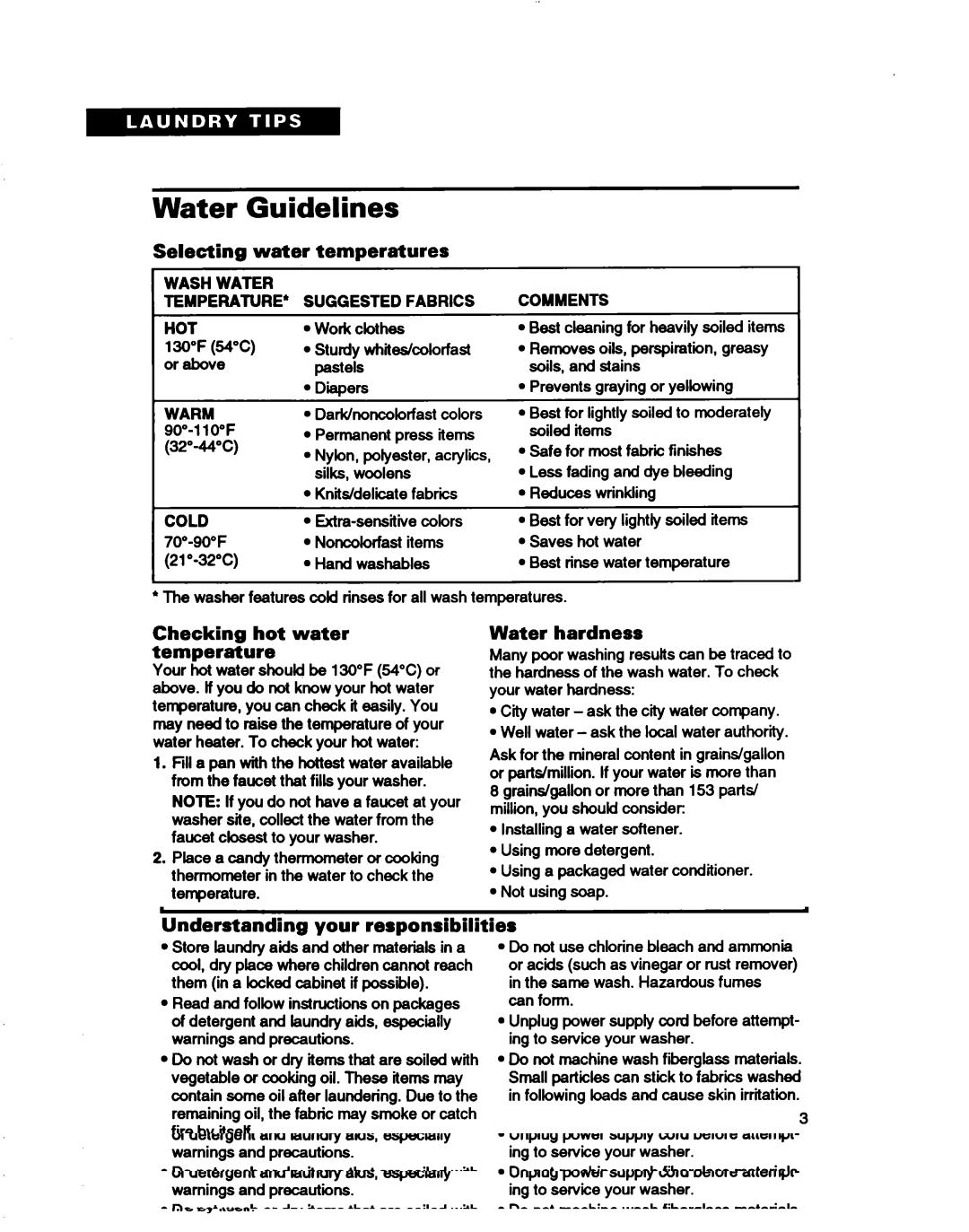RABZl32D, RAB3132D specifications
Whirlpool has long been a trusted name in home appliances, and their RAB3132D and RABZL32D models exemplify the brand's commitment to quality and innovation. These refrigerators are particularly designed to meet the diverse needs of modern households, merging functionality with stylish aesthetics.One of the standout features of both the RAB3132D and RABZL32D is their energy-efficient design. Equipped with advanced inverter technology, these models adjust their cooling performance based on the load inside, ensuring optimal energy consumption while maintaining superior cooling efficiency. This results in significant energy savings over time, which is advantageous for both the environment and household utility bills.
In terms of storage options, the RAB3132D offers a spacious interior that facilitates organized storage with adjustable shelves and dedicated compartments. The innovatively designed door shelves accommodate larger bottles and jars, preventing clutter and maximizing available space. Meanwhile, the RABZL32D variant includes a separate crisper drawer for fruits and vegetables, equipped with humidity control to keep produce fresh longer.
Both models feature advanced cooling systems, ensuring uniform temperature distribution throughout the refrigerator. This feature minimizes temperature fluctuations, which are often detrimental to stored food items. Additionally, the frost-free operation negates the need for manual defrosting, making maintenance hassle-free and convenient.
Another compelling aspect of these Whirlpool refrigerators is their sleek, modern design. The clean lines and sophisticated finishes make them an attractive addition to any kitchen decor, seamlessly blending functionality with style. The LED lighting inside both models not only enhances visibility but also contributes to energy savings.
Furthermore, the RAB3132D and RABZL32D come equipped with user-friendly digital controls, allowing homeowners to easily adjust temperature settings and other features with just a few button presses. This intuitive interface provides convenience and ensures that food is kept at ideal temperatures.
In summary, the Whirlpool RAB3132D and RABZL32D refrigerators are exemplary models that combine energy efficiency, ample storage, effective cooling technology, and appealing design. These features make them ideal choices for families and individuals looking for reliable and stylish refrigeration solutions in their kitchens. With Whirlpool's reputation for quality and innovation, these models are sure to meet the varying needs of today's consumers.

